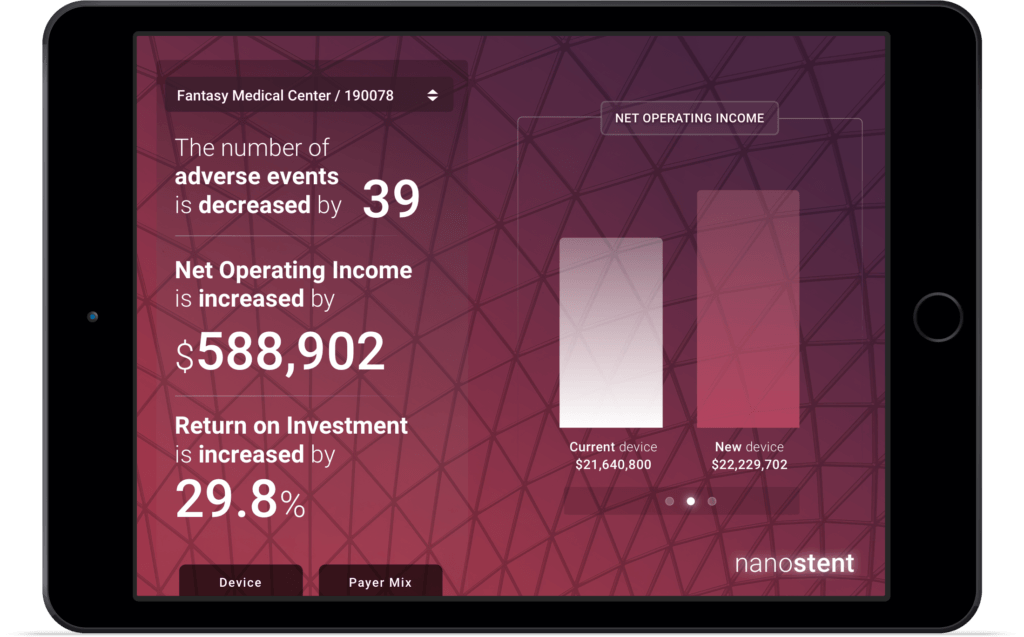Introducing our three-part blog series on getting started with in-house development. In this series, we’re detailing some key aspects of how you can create and deploy your own mobile apps, for the purposes of stakeholder engagement and value communication, in-house—without the help of external agencies.
Developing mobile apps in-house is increasingly popular compared to outsourced development, and the vast majority of top life science companies have implemented a variety of software to create them. For example, our BaseCase Platform is utilized by 70% of the top 10 pharma and medtech companies.
In this post, we’re focusing on Storyboarding, and outlining some best practices that will help you optimize your apps, and effectively communicate your product’s value story.

In this context, Storyboarding is defined as the creative and iterative process of optimizing the presentation of your product’s value story. It specifically involves outlining the key messages of your value story, and how they’ll be communicated to audiences. This makes it an essential part of the app development process.
Given the wealth of data and evidence that can be communicated, this part of developing apps can be daunting. And so, based on over a decade of industry experience, we’ve identified four best practices to keep in mind during your storyboarding process.
- Avoid a “one-size-fits-all” approach. A range of apps are used to communicate value, but when storyboarding, one of the primary considerations should be to know your audience and to tailor information to their needs. In some cases, it may even be necessary to create separate value stories for each presentation.
- Deliver the communication objective at the beginning. With it being increasingly difficult to get face-time with key stakeholders, it is essential to capture audience attention from the start. The communication objective should be a clear, concise sentence that you want your audience to remember.
- Keep it simple. Including too much information in your value story can often lead to a quick loss of engagement as audiences become lost in the data. An app that clearly outlines the problem and the solution, while keeping the content engaging and interesting, is much more likely to resonate with your audience.
- Transparency is key. Providing transparent apps helps to build and maintain credibility. Therefore, it is imperative to ensure that each key value message is supported with a referenced source, so the audience can directly tie each claim to the relevant evidence.
Learn more about BaseCase


